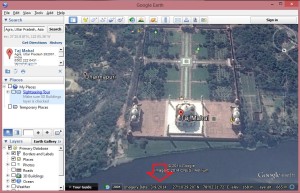
The web map opens with GOES GeoColor day and night imagery. You can also right-click the offending road and select Report a data problem. NOAA's two operational geostationary environmental satellites cover the western Pacific Ocean to the eastern Atlantic Ocean, while the operational polar-orbiting satellite circles the earth, providing coverage of the entire globe each day. On the website, you can use the Edit the map feature to report misdrawn, misnamed, or even missing roads. If you find that a street doesn't match what Google Maps is showing - maybe it's got the wrong name, or doesn't have the right shape - you can report it to Google yourself. But it's largely up to them to report the changes to Google. If these third-party agencies are on top of things, new roads and street names should appear quickly. This means there's not an easy way to predict when streets and roads will be updated. When they visit cities to take pictures, the Street View team also makes note of when real life doesn't match what they have on the map. But they also accept data from local governments, housing developers, and more. These are mostly government agencies like the United States Geological Survey. Google receives data about streets and roads from a variety of sources.

Speaking on average, the Google Earth data is approximately one to three years old at an instant. If we dig down deeper, we get that Google does not update all the images every month. But with thousands of cities across the world and even more roads, making sure everything stays up-to-date is a big job. How often does Google Earth Update In the Google Earth blog, it is written that it updates the images once a month. Google Maps is built to show you all the streets nearby and give accurate directions from one place to another.


 0 kommentar(er)
0 kommentar(er)
